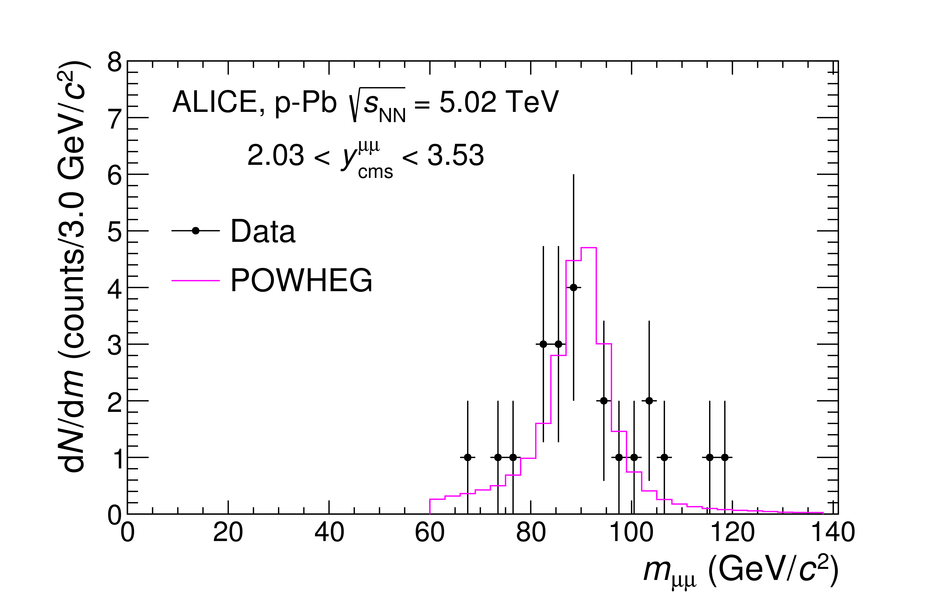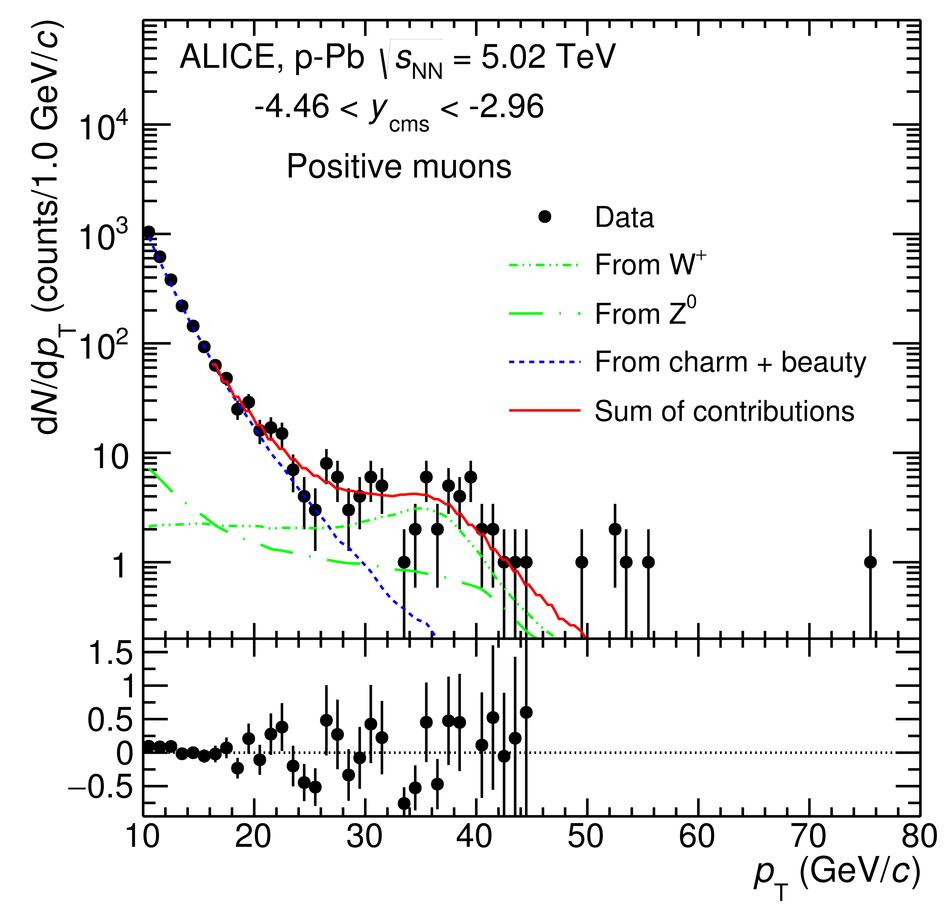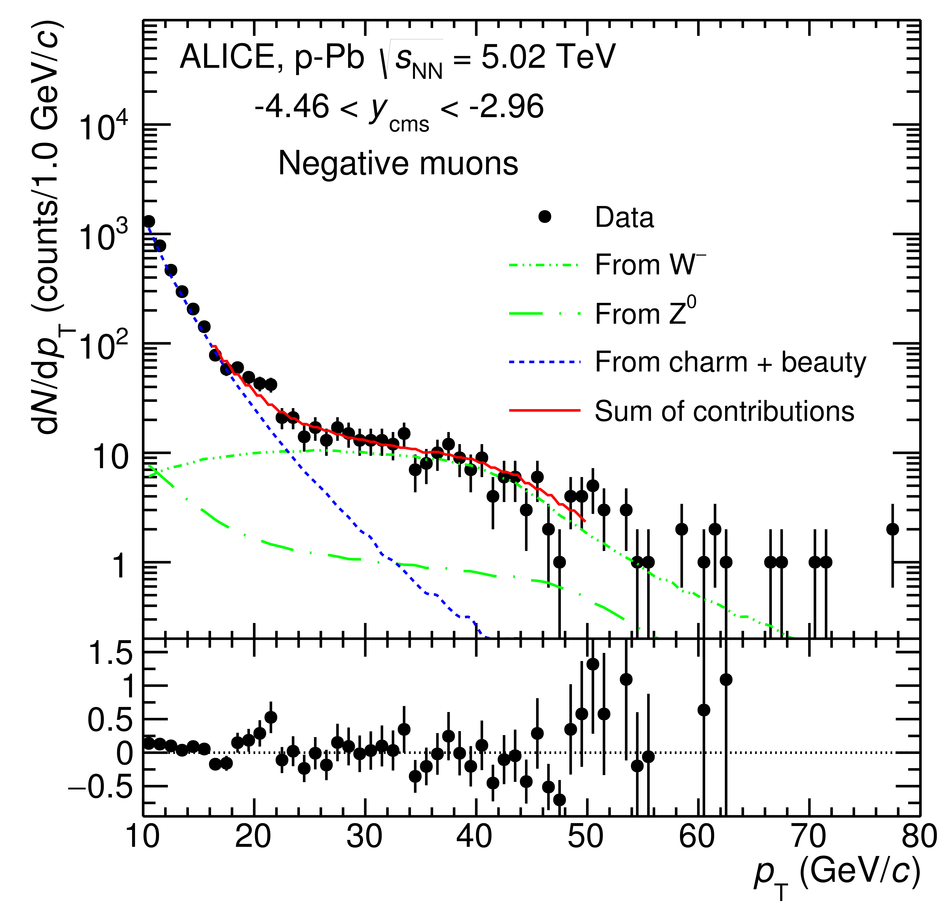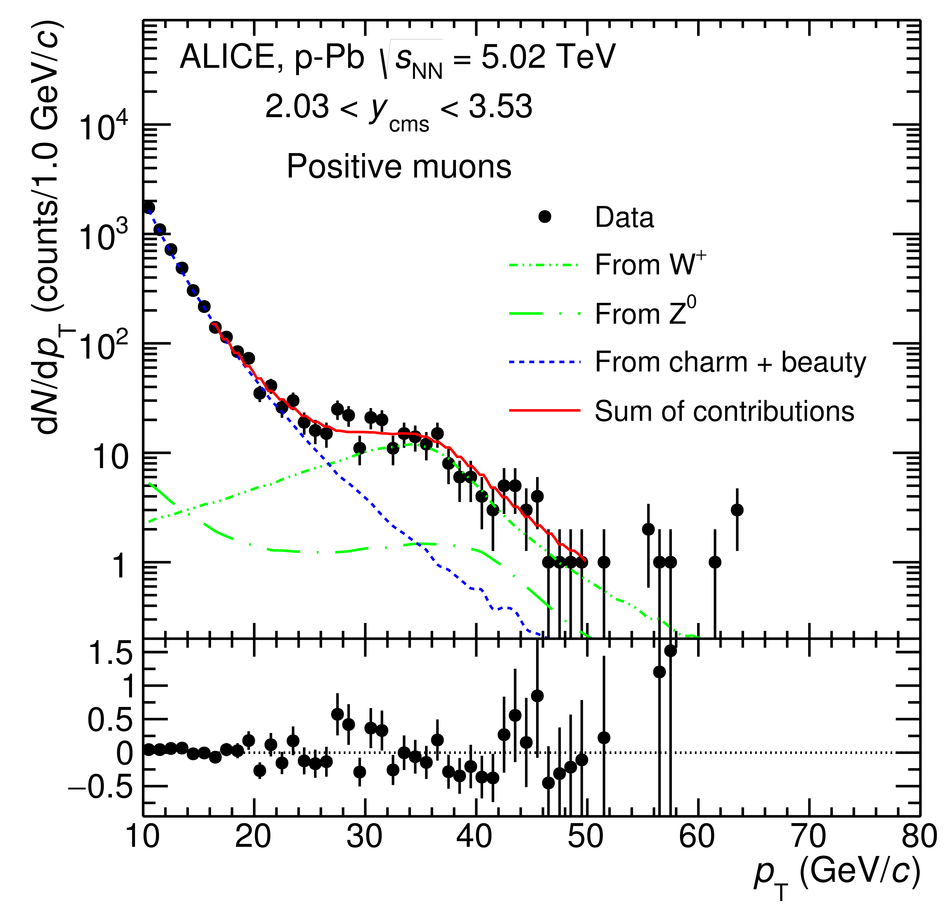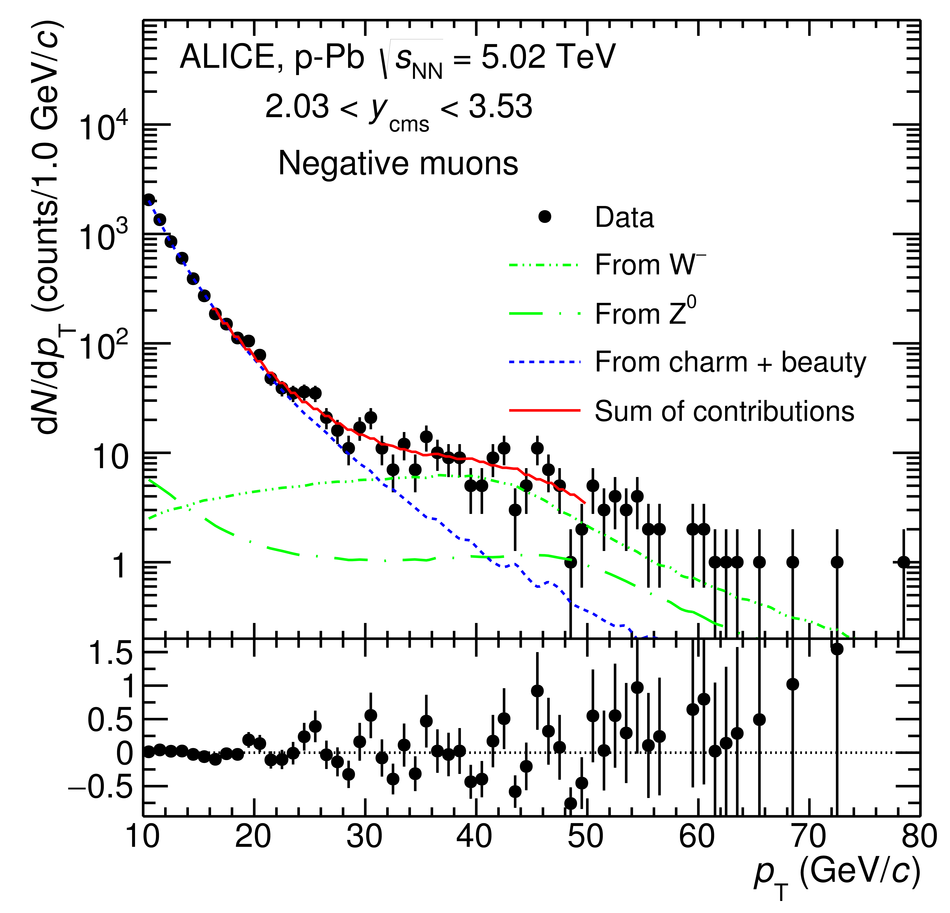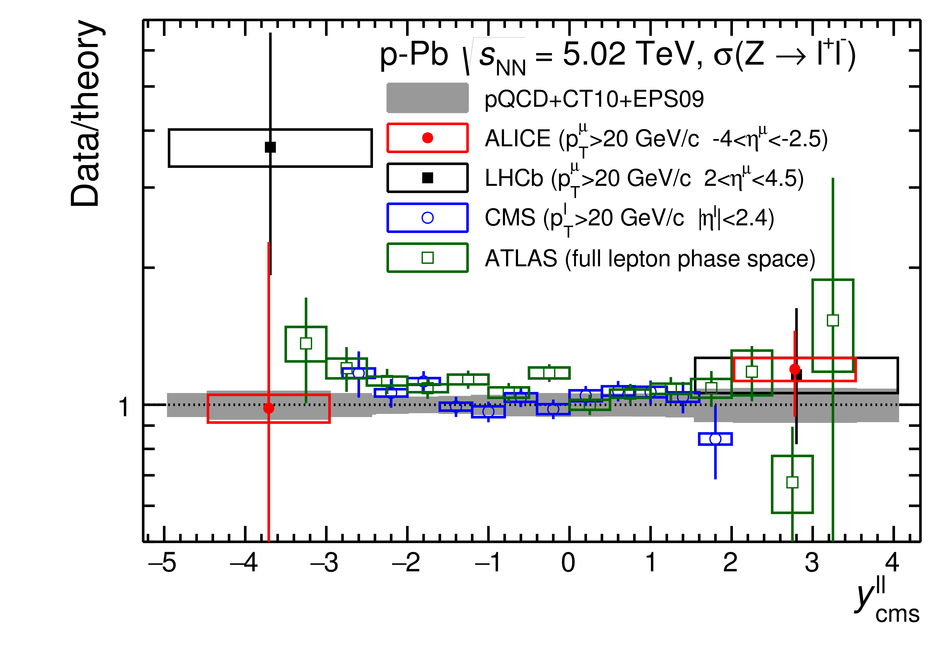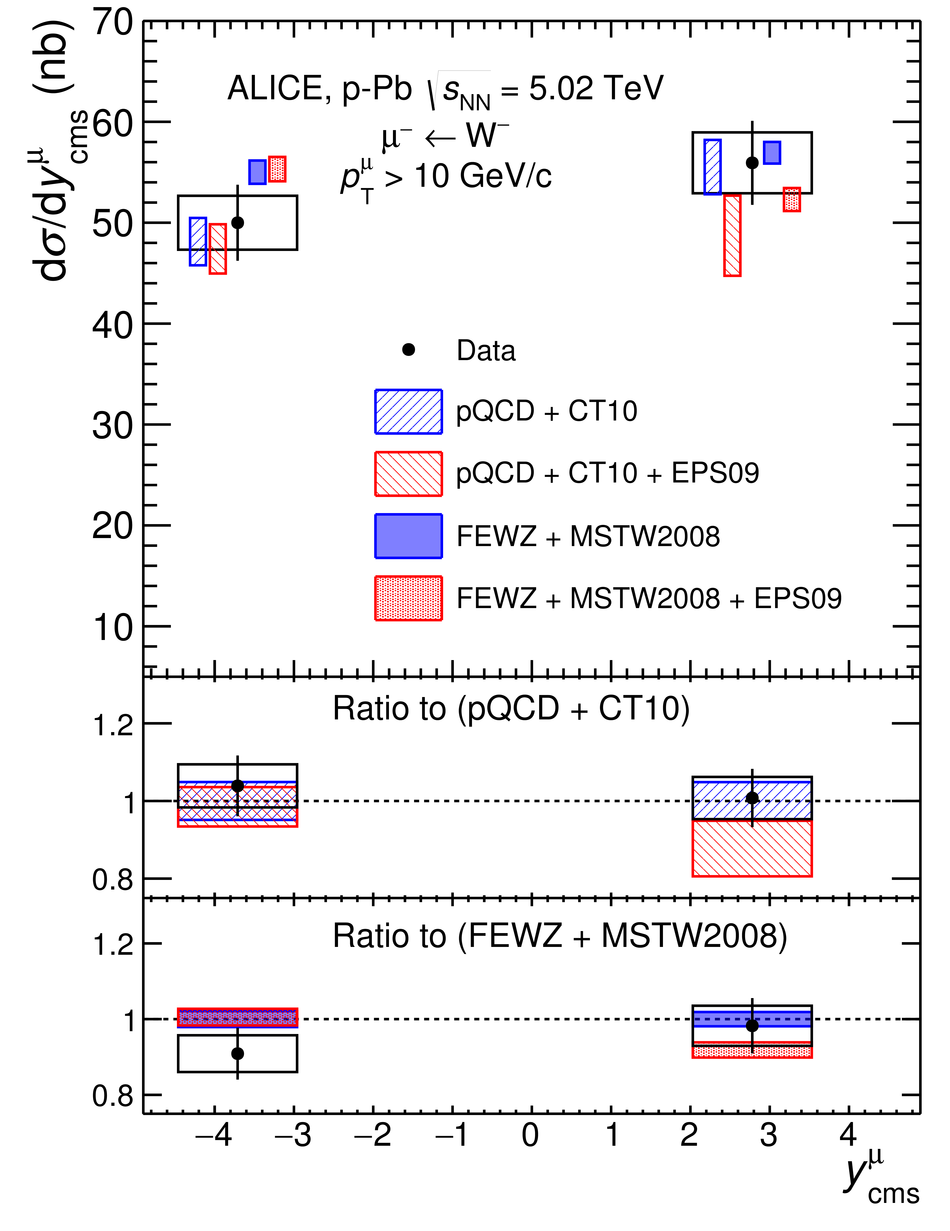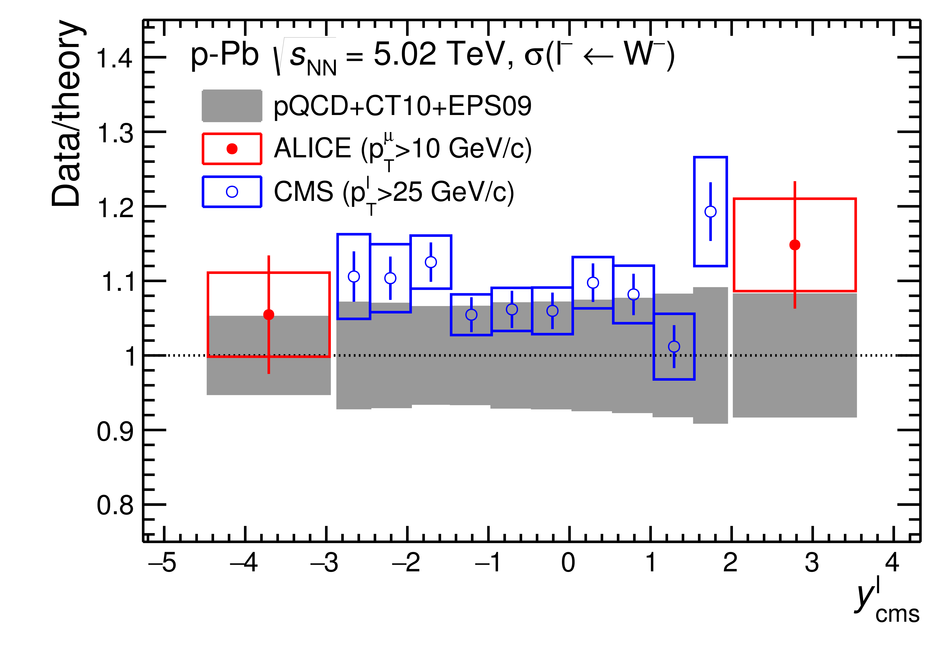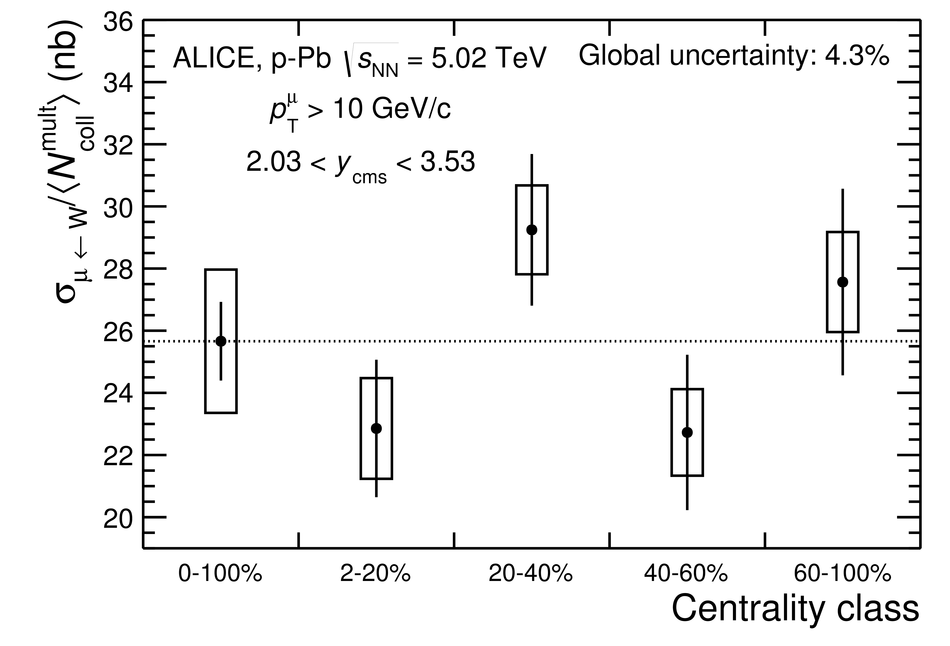The W and Z boson production was measured via the muonic decay channel in proton-lead collisions at $\sqrt{s_{\rm NN}} = 5.02$ TeV at the Large Hadron Collider with the ALICE detector. The measurement covers backward ($-4.46 <~ y_{\rm cms} <~ -2.96$) and forward ($2.03 <~ y_{\rm cms} <~ 3.53$) rapidity regions, corresponding to Pb-going and p-going directions, respectively. The Z-boson production cross section, with dimuon invariant mass of $60<~m_{\mu\mu}<~120$ GeV/$c^2$ and muon transverse momentum ($p_{\rm T}^\mu$) larger than 20 GeV/$c$, is measured. The production cross section and charge asymmetry of muons from W-boson decays with $p_{\rm T}^\mu>10$ GeV/$c$ are determined. The results are compared to theoretical calculations both with and without including the nuclear modification of the parton distribution functions. The W-boson production is also studied as a function of the collision centrality: the cross section of muons from W-boson decays is found to scale with the average number of binary nucleon-nucleon collisions within uncertainties.
JHEP 02 (2017) 077
HEP Data
e-Print: arXiv:1611.03002 | PDF | inSPIRE
CERN-EP-2016-278


